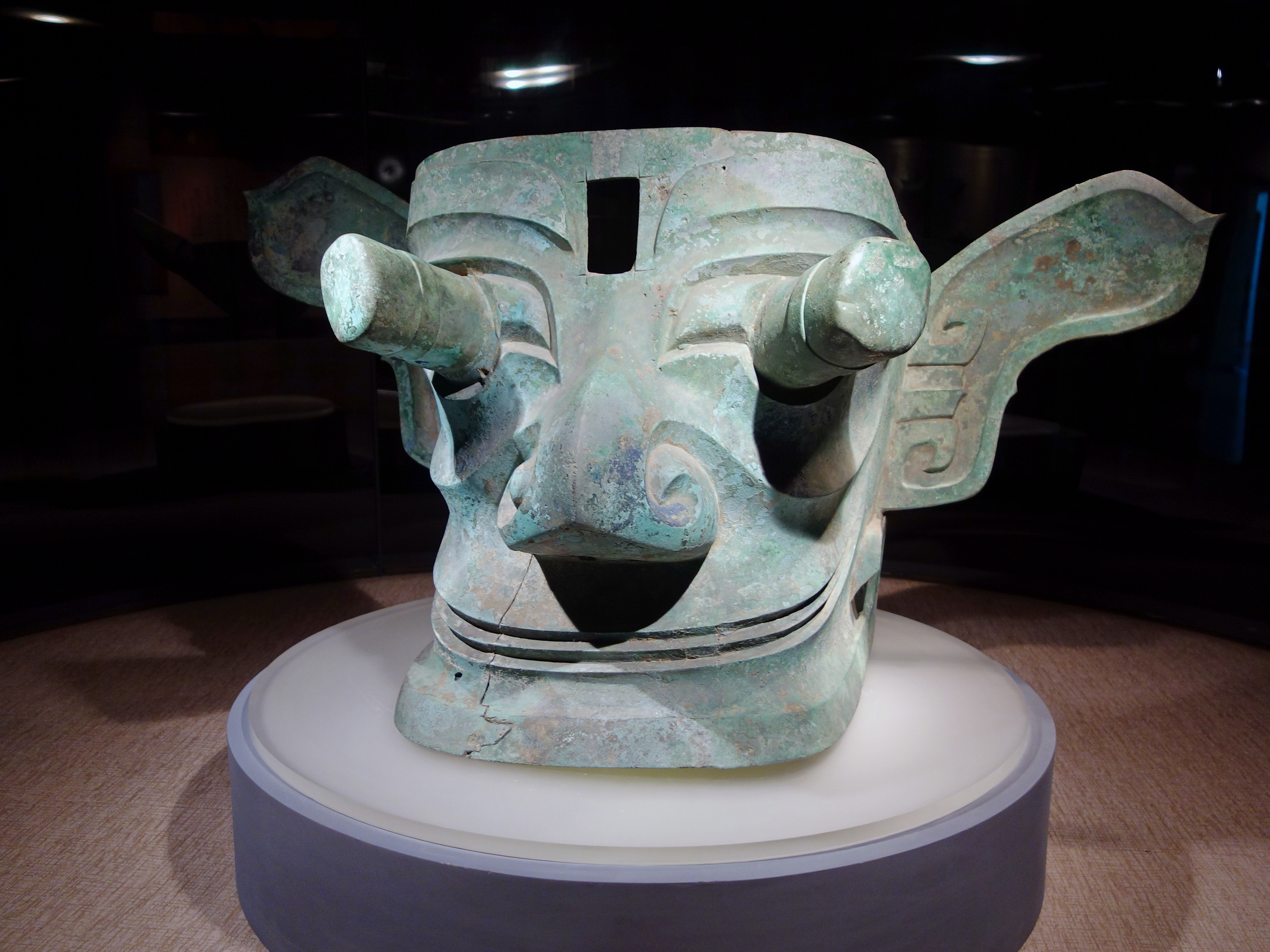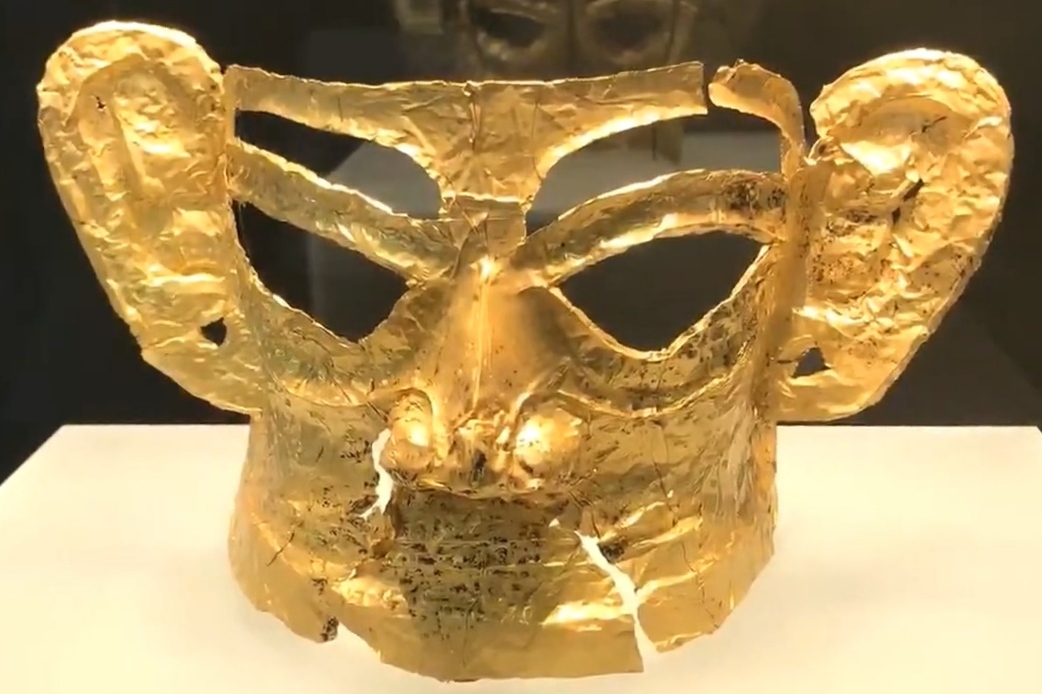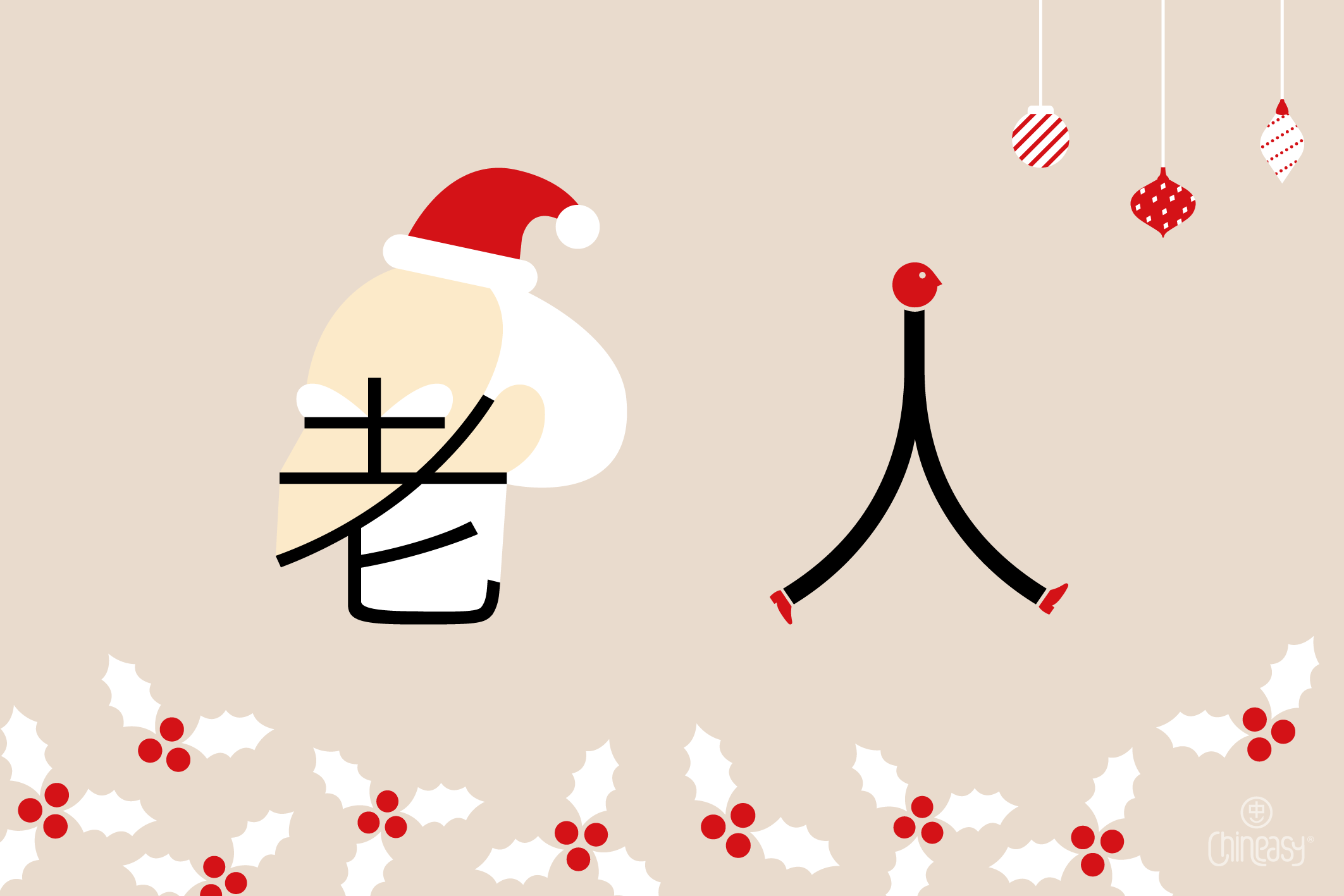Many of us with interest in history have likely heard of Peking man – the remains of the extinct Homo erectus found near Beijing (北京; běi jīng), China (中國/中国; zhōng guó).
These findings gave a huge boost to Chinese anthropology (人類學/人类学; rén lèi xué) and archaeology (考古學/考古学; kǎo gǔ xué).
Yet, one ancient site that has stirred up even more excitement is Sanxingdui (三星堆; sān xīng duī), an archaeological treasure estimated to be about 3,000 years old, dating back to between 1600 BCE and 256 BCE
In this article, we’ll dig into why this lost civilization from ancient China is so unique.
Plus, we’ll explore how it’s connected to other historical developments around the world during the same era.

A chance discovery
Sanxingdui (三星堆; sān xīng duī), which translates to “three star mounds,” was discovered by accident.
In 1929, a farmer in the village of Sanxing (三星; sān xīng) in Sichuan (四川; sì chuān), China, stumbled upon some jade and stone artifacts while repairing a ditch.
This unexpected discovery sparked interest among local scholars, but the full significance of the site wasn’t understood until the 1980s.
Jump to 1986, and two large pits (known as Pit 1 and Pit 2) filled with thousands of artifacts were dug up. Among the treasures were life-sized bronze statues, gold masks, and various jade objects.
The sophistication and uniqueness of these artifacts set them apart from anything else associated with China’s Bronze Age (青銅時代/青铜时代; qīng tóng shí dài) cultures.
The significance of Sanxingdui
The first discoveries made at Sanxingdui in 1986 took the world by surprise, indicating the existence of an unknown ancient civilization.
The artifacts from Sanxingdui are strikingly different from those of other Chinese civilizations. For instance, the bronze masks with their big eyes, protruding ears, and elongated noses showcase a unique and sophisticated artistic style.
While some speculate that these unusual designs might hint at connections to ancient aliens, it’s essential to clarify that no archaeological or scientific evidence supports these theories.
It’s clear, however, that the bronze masks differ significantly from the typical bronze vessels and statues of the Shang (商; shāng) and Zhou (周; zhōu) dynasties, which spanned from the 17th to the 3rd centuries BC.
The artistic style of the Sanxingdui artifacts diverges from conventional Chinese art, implying a distinct cultural development.
What adds further intrigue to the Sanxingdui civilization is the absence of any written records or Chinese characters (漢字/汉字; hàn zì). While most other ancient Chinese cultures left behind inscriptions and texts, Sanxingdui has not!
This element of mystery makes it particularly challenging for historians and archaeologists to decipher its history, culture, and belief systems.
Links to other ancient cultures outside of China
Let’s dive into the mysteries of the Sanxingdui civilization and see how it might be connected to other ancient cultures outside China around the same time.
Egyptian civilization (古埃及文明; gǔ āi jí wé míng) – 3100 BCE to 332 BCE
Egypt, with its history starting around 3100 BCE, was a standout culture of its time. Just like Sanxingdui, they made intricate bronze and gold objects.
But Egypt is probably more famous for its pyramids and hieroglyphics.
On the other hand, the purpose behind Sanxingdui’s bronze masks is still a big mystery.
Sumerian civilization (蘇美爾文明/苏美尔文明; sū měi ěr wé míng) – 4500 BCE to 1900 BCE
The Sumerians, from a region called Mesopotamia, were known for their clever technology and culture, which started around 4500 BCE.
Both the Sumerians and Sanxingdui were good at working with metal, but they had very different societies and religious customs. For example, Sanxingdui seemed to focus on offerings for their mysterious gods.
This is quite different from the Sumerian pantheon of gods and goddesses, which we know a lot more about.
Indus Valley civilization (印度河文明; yìn dù hé wé míng) – 3300 BCE to 1300 BCE
The Indus Valley civilization began around 3300 BCE and was famous for its well-designed cities and advanced urban facilities.
While they were both thriving around the same time, Sanxingdui is more of a mystery.
Its strange artifacts and unclear cultural practices make it uniquely intriguing.
Recent discoveries

中国新闻网, 三星堆-金面罩 Sanxingdui Gold Mask, CC BY 3.0
Starting in 2019, six additional sacrificial pits were discovered at Sanxingdui, labelled as Pits No. 3 to No. 8.
These new pits have added over 500 items to the collection of artifacts from Sanxingdui, each one providing new insights into this ancient civilization.
Among these discoveries, a large bronze face mask stands out.
This 3000-year-old mask, partly covered in gold, boasts a unique, exaggerated style. It looks a lot like other masks found at Sanxingdui, but it’s one of the largest known from the site.
These recent discoveries underline just how important Sanxingdui is, showing us a unique Bronze Age culture.
And with ongoing excavations, we can expect even more artifacts to be found, helping us better understand this civilization’s history and culture.
Conclusion
The unique artifacts and mysterious history of Sanxingdui keep sparking interest.
It stands out from other ancient Chinese cultures, especially because no writing has been found there.
When we compare Sanxingdui with other ancient cultures, we learn a lot about the incredible things humans accomplished back then. But even with all we’ve learned, there’s still plenty to discover!
This means the fascinating world of Sanxingdui will continue to capture our imagination for years to come.



